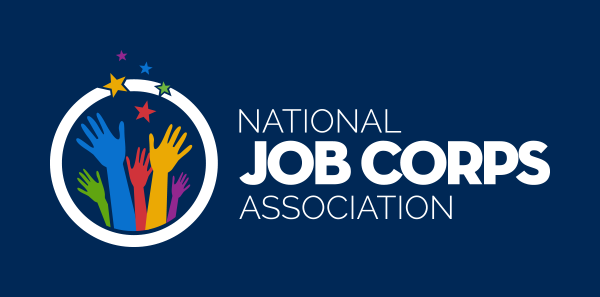Jonathan Austin is a 20 year old Electrical student at the Alaska Job Corps Center. He has been enrolled for 60 days and is nearly full-time in the trade. He hails from Anchorage, where he attended Bartlett High School. His hobbies are reading, writing, exercising, and video games. Jonathan would like to become an electrician, a professional writer and a pilot. This is the first piece he has written; however, don’t forget his name. He is a talented young writer to watch and he has great promise!
There’s a new wind turbine on Palmer Fishhook, which was built last week; Alaska Job Corps students helped with its’ construction. The main benefits of the training project were teamwork, trust, and precision. These skills are not needed just for people who do rigging. These skills are needed by anyone who works with others on a complex project.
On August 3, 2011, Alaska Job Corps Electrical Instructor, Ben Kainer, introduced the students to the Susitna Energy Systems Company, operated by Kirk Garoutte. This company specializes in natural energy sources, including hydro, solar, and wind. This time they were building a wind turbine. The company supplied the materials and equipment. Garoutte announced to the waiting students, “Let’s get this bad boy started!”
The crew equipped themselves with proper safety gear and proceeded to work. They started with the 30 foot gen pole and the 70 foot tower. The pieces of hollow, metal pole were lined up, end to end, so that they were straight, even, and touching. Then hefty clamps clutched the poles firmly into place. Constant adjustments, requiring communication and teamwork, were required to connect the poles accurately.
At this point the tower and gen pole are separate players, because they are not connected. Both are anchored, separately, to a joint designated point, which will later be the solid base for the permanent tower. After assembling the gen pole and the tower, the crew cut and readied steel guide wires that would secure the entire arrangement. These safety wires are essential to keep the tower from toppling or swaying.
On day two, the crew began the painstaking process of raising the gen pole. This is the most dangerous part of the project, so professional teamwork, trust, and coordination are essential. Any slip, misstep, or pop during this procedure could result in structural failure or bodily injury. Fortified cable wires were torque wrenched to both tower and gen pole. A strong truck wench was the power to raise the gen pole, using both a pulley system and a ladder as a fulcrum. It is a difficult maneuver to describe, however it is physics in action.
The gen pole is raised up completely and secured from falling. Now here is where the gen pole comes into play: Cable guide wires, attached to anchor points on the gen pole are matched with corresponding anchor points on the tower, which is still lying prone on the ground. This process is similar to opening up a trap door on a hinge, which remains stationary on the ground. With a little reattaching here and there, the truck wench is then employed to pull the gen pole back down, which in turn raises the tower up. Yet again another complicated example of physics in action.
After checking and rechecking, Mr. Kirk announced to the crew, “Alright, let’s get this bad boy up and running.” The crew lowered the tower slowly to the earth and meticulously back attached the 175 pound turbine to its top. It‘s silver and shaped like a football but resembles a metallic jet engine. In fact it is a jet engine and it generates the same amount of energy as 24 revving cars! Yet it is only the size of, or smaller than, a small car engine. After attaching the turbine, Mr. Kirk ran an analytical system-check, using his laptop computer.
The final step is the attachment of the fiberglass blades. There are three scimitar shaped blades, equally spaced, on a metal hub. The whole assembly is placed on the turbine, followed by the durable plastic nosecone. Everything is double-checked.
The tower is now raised for the last time. Power is connected. Adjustments are made. The crew waits, watching the blades. The turbine started in anemometer mode, which is testing the wind. “If the turbine likes where it’s location, it will really spin!” said Kirk. Sure enough it went from anemometer mode into free spin and started whirling
After cleaning up the project site and hauling equipment and tools, Kirk offered the crew this last comment: “Thanks for the help. We look forward to having Job Corps help us again.”


 JOB CORPS
JOB CORPS 